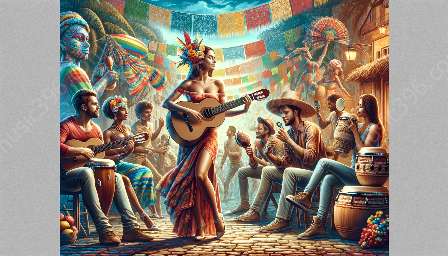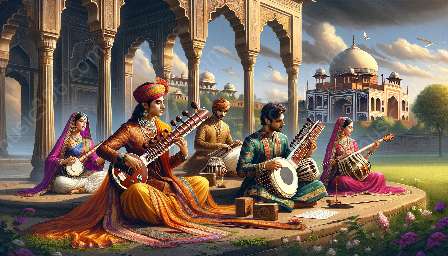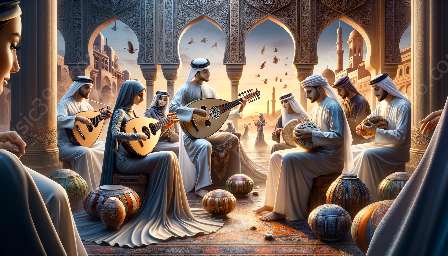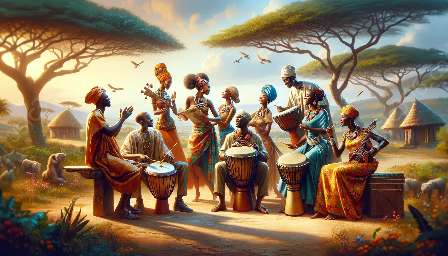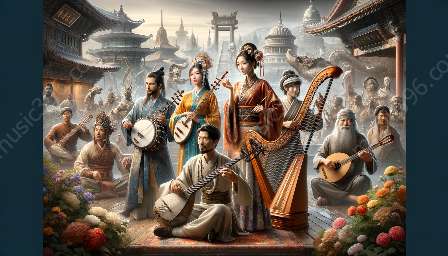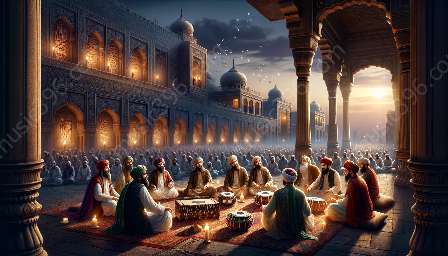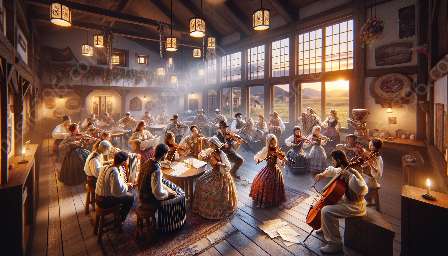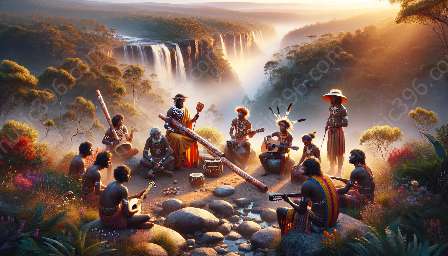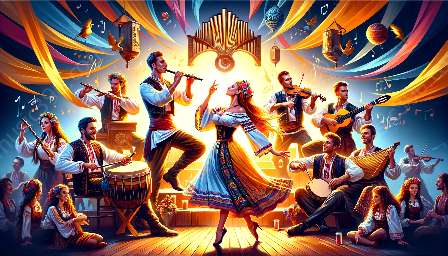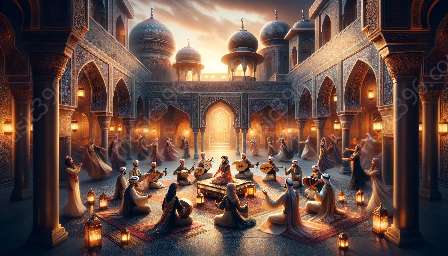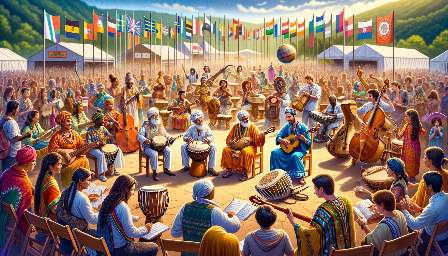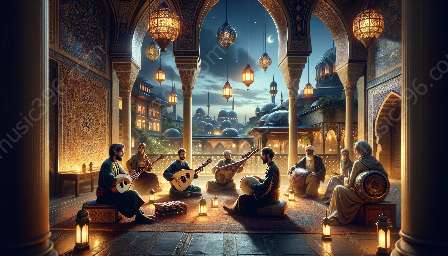Indian classical music has a rich heritage that has been transmitted and perpetuated through improvisation, and this vital improvisational element forms the essence of its tradition. The evolution and transmission of Indian classical music are deeply rooted in improvisation, a fundamental aspect that has allowed the tradition to adapt and evolve over centuries. This article explores the significance of improvisation in Indian classical music and its connection to the world music landscape.
The Essence of Indian Classical Music
Indian classical music has a history that spans thousands of years, with its roots traced back to Vedic literature and ancient hymns. It encompasses two main traditions: Hindustani music in the north and Carnatic music in the south. Both traditions share a set of foundational elements, including raagas (melodic modes), taal (rhythmic cycles), and improvisation.
The fundamental nature of Indian classical music lies in the improvisational aspect, where performers explore and expand upon the structure of a raaga or a composition within the framework of its established rules. Improvisation allows musicians to express their creativity and individuality while adhering to the traditional grammar of the music, providing a unique and ever-evolving experience for both performers and audiences.
Transmission and Perpetuation of Indian Classical Music
Improvisation plays a crucial role in the transmission and perpetuation of Indian classical music traditions. Through the guru-shishya parampara (teacher-disciple tradition), knowledge is passed down orally from one generation to the next. This intimate form of pedagogy allows for a dynamic exchange of musical ideas and improvisational techniques, ensuring that the tradition remains alive and vibrant.
The process of learning Indian classical music involves not only mastering fixed compositions but also understanding the underlying principles of improvisation. Students are encouraged to develop their improvisational skills through rigorous training and dedicated practice, fostering a deep connection to the tradition's expressive and emotive qualities.
Connection to World Music
Indian classical music's improvisational nature has a significant impact on the global music landscape, influencing and inspiring diverse genres and traditions. Its emphasis on spontaneous creativity and intricate melodic and rhythmic structures has resonated with musicians and audiences worldwide, leading to fusion collaborations and cross-cultural exchanges.
Artists from various musical backgrounds have integrated elements of Indian classical music, such as raagas and improvisational techniques, into their compositions, resulting in a fusion of styles that bridge the gap between Indian classical music and world music. This cross-pollination of musical ideas has contributed to the enrichment and diversification of the global music scene.
Conclusion
In conclusion, improvisation serves as a cornerstone of Indian classical music, fueling its transmission and perpetuation while also fostering connections with the broader world music community. The traditional practice of improvisation has enabled Indian classical music to remain relevant and vibrant, ensuring its continuity across generations and its influence on the diverse tapestry of world music.

